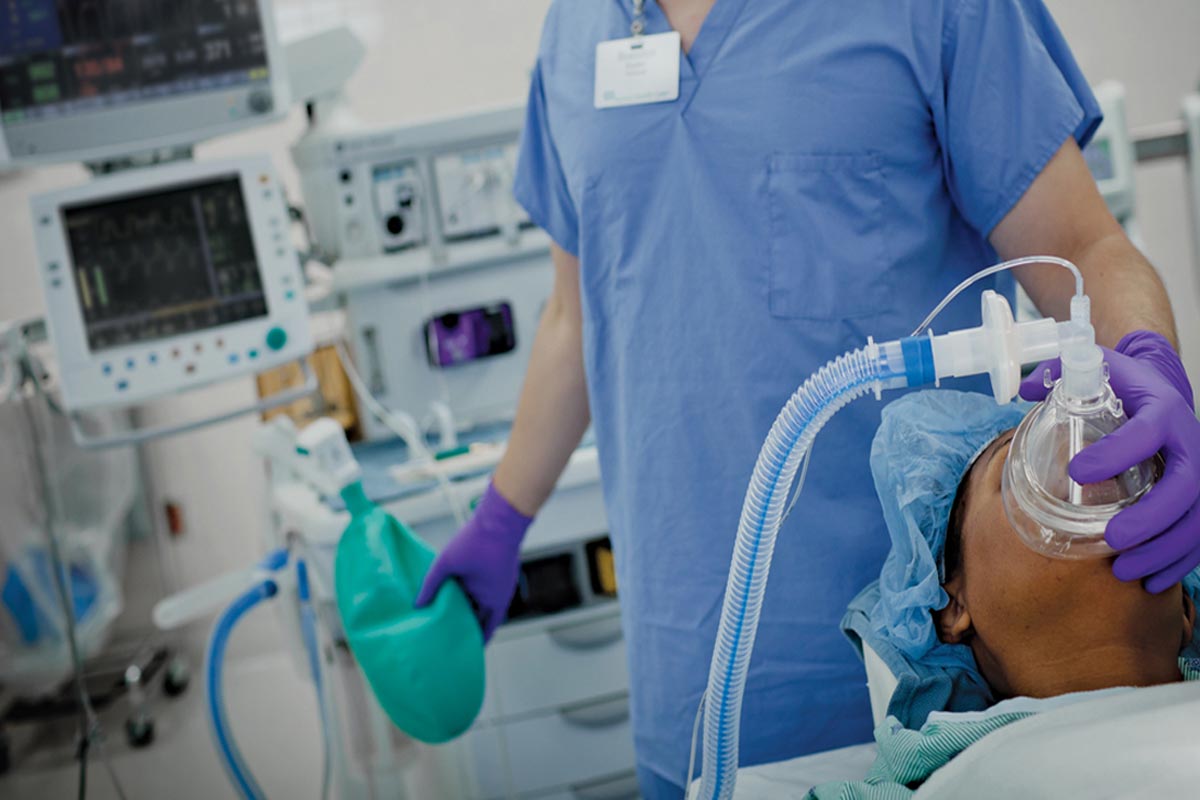
Monitored anaesthesia: what it is and when to use conscious sedation
Monitored Anesthesia Care (MAC), also known as conscious sedation or twilight sleep, is a type of sedation that is administered through an IV to make a patient sleepy and calm during a procedure
The patient is typically awake, but groggy, and are able to follow instructions as needed.
This type of sedation is used for outpatient procedures, such as a colonoscopy, where the patient is expected to go home after the anesthesia has completely worn off.
Monitored anaesthesia: How Twilight Sleep Feels
The level of sedation provided with this type of anesthesia can range from light, where the patient just feels very relaxed, to heavier sedation where the patient is unaware of what is happening and only rouses to significant stimulation.
The patient may feel silly and a little sleepy, or under heavier doses may be mostly asleep.
In general, with lighter sedation, the patient is able to speak, hear things around them, and answer questions and follow commands.
They are aware of the procedure, but not in pain and typically don’t feel anxious about what is happening.1
With heavier sedation, the patient is breathing on their own but unaware of their surroundings and typically isn’t “awake.”
While the patient may be heavily sedated, this type of anesthesia is different from general anesthesia because the patient is not chemically paralyzed, nor do they require assistance with breathing.
The vital signs are closely monitored to make sure they are stable throughout the procedure.2
One medication commonly used for this type of sedation is Propofol, also known as Diprivan, which is given through an IV and looks remarkably similar to milk.
This medication is given through an IV and wears off quickly (less than ten minutes for most people) so the patient is able to wake shortly after the procedure is completed.3
Depending on the medications used and the doses that are given, the patient may or may not remember the procedure.
Monitoring
Because the level of sedation varies, the process is monitored, with an anesthesia professional present at all times to continuously monitor the patient’s vital signs and maintain or adjust the level of sedation as needed.
This usually means a blood pressure cuff and a monitor for oxygen levels are used, at the minimum.
Typically, electrodes are placed on the chest to monitor the patient’s heart rate and EKG throughout the procedure.4
Conscious sedation, When It’s Used
This type of sedation is frequently used with minor surgical procedures and dental procedures and can be combined with local or regional anesthesia to decrease pain.
Procedures that look inside the body, such as bronchoscopy (the airways and lungs), colonoscopy (the colon), and esophagogastroduodenoscopy or EGD/Upper GI (the throat, esophagus, stomach and the first part of the small intestine), frequently use this type of anesthesia.
Side Effects
Patients having conscious sedation often have fewer side effects than those who have complete general anesthesia.
The most common side effect is nausea, but some patients do experience both nausea and vomiting.5
If you have experienced nausea or vomiting after anesthesia in the past, be sure to tell your anesthesia provider so medication can be given to help prevent it from happening again.
References:
- Das S, Ghosh S. Monitored anesthesia care: An overview. J Anaesthesiol Clin Pharmacol. 2015;31(1):27-9. doi:10.4103/0970-9185.150525
- Sohn HM, Ryu JH. Monitored anesthesia care in and outside the operating room. Korean J Anesthesiol. 2016;69(4):319-26. doi:10.4097/kjae.2016.69.4.319
- Lundström S, Twycross R, Mihalyo M, Wilcock A. Propofol. J Pain Symptom Manage. 2010;40(3):466-70. doi:10.1016/j.jpainsymman.2010.07.001
- Maurer WG, Walsh M, Viazis N. Basic requirements for monitoring sedated patients: blood pressure, pulse oximetry, and EKG. Digestion. 2010;82(2):87-9. doi:10.1159/000285505
- MedlinePlus. Conscious sedation for surgical procedures.
Read Also:
Emergency Live Even More…Live: Download The New Free App Of Your Newspaper For IOS And Android
Respiratory Distress: What Are The Signs Of Respiratory Distress In Newborns?
Tetralogy Of Fallot: Diagnosis, Prenatal Diagnosis And Differential Diagnosis
Paediatrics / Recurrent Fever: Let’s Talk About Autoinflammatory Diseases
Paediatrics, Diabetic Ketoacidosis: A Recent PECARN Study Sheds New Light On The Condition
SCCM Releases PANDEM Guidelines For Critically Ill Children And Infants
The Role Of Fetal Heart Monitoring In Identifying The Need For A C-Section
How Healthcare Providers Define Whether You’re Really Unconscious


